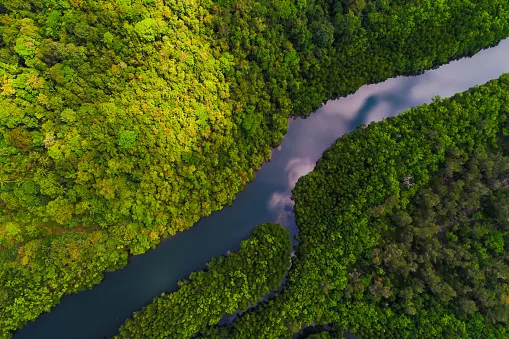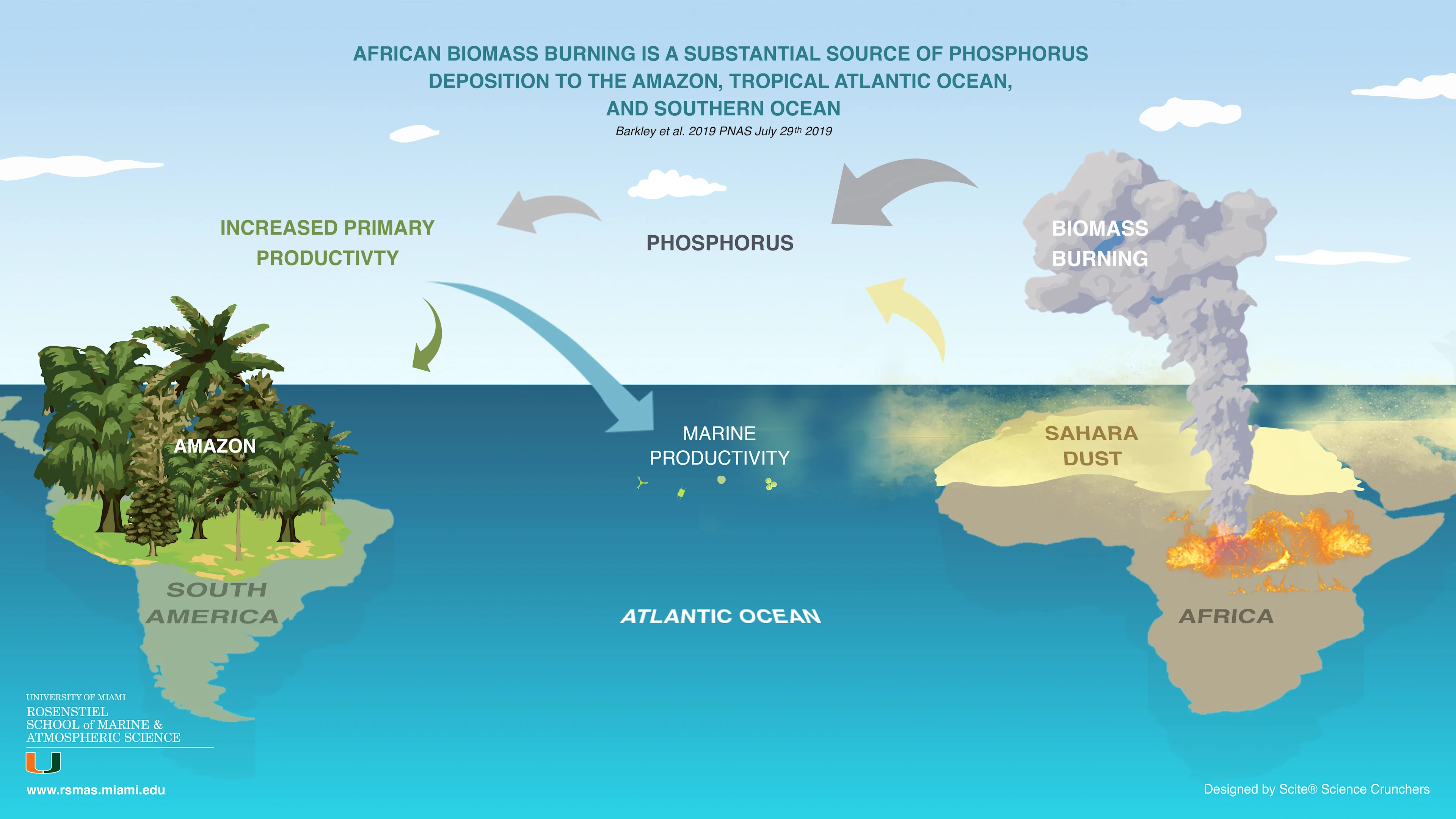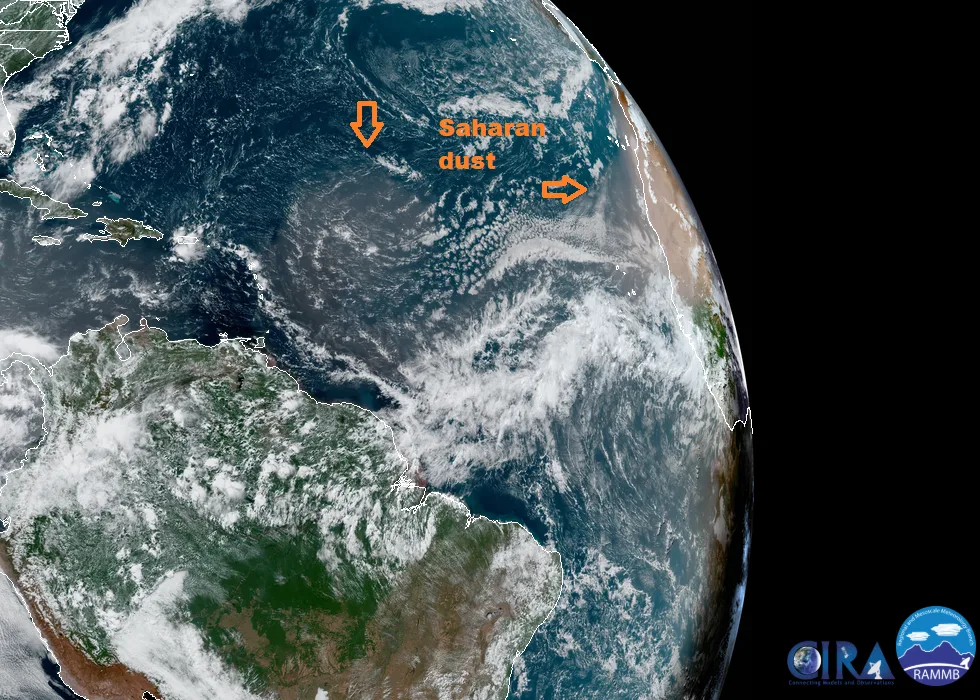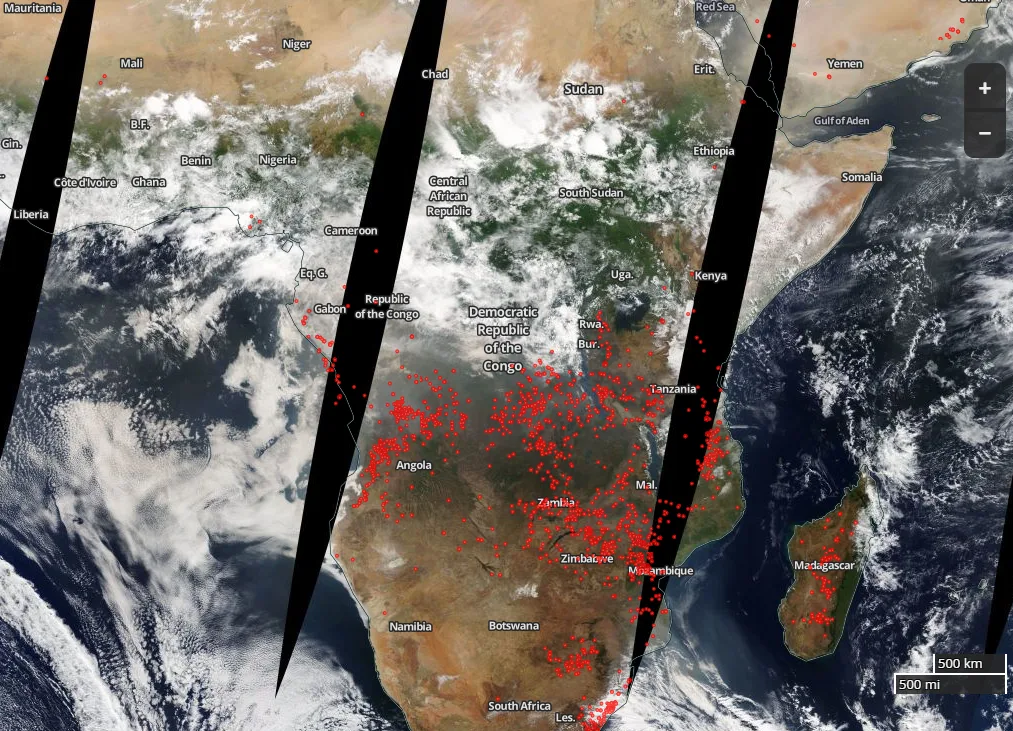
How life in the Amazon relies on fires half a world away

Phosphorus, one of the three main ingredients in most fertilizers, plays a key role in helping plants convert other nutrients into the building blocks of life. While humans routinely add phosphorus -- typically in the form of phosphate fertilizers -- to the soil, biomes like the rainforest rely on nutrients transported through the atmosphere to get their supply. These particles end up deposited on land and in the ocean when they 'rain out' of the atmosphere.
Summer revealed! Visit our Complete Guide to Summer 2019 for an in-depth look at the Summer Forecast, tips to plan for it and much more
The idea that the Amazon basin's main fertilizer came all the way from Africa isn't a new one. Previously, dust from the Sahara was believed to be the biggest source of phosphorus for not only the Amazon Basin, but also the Tropical Atlantic Ocean (TAO) and Antarctic waters.
Dust plumes from the Sahara make the roughly-8,000 km trek across the Atlantic multiple times every year, and play a role in everything from hurricane activity to the colour of the sunset.

Image courtesy Colorado State Unversity.
This study, led by researchers at the University of Miami, found an unexpected source seemed to be much more important when it came to moving phosphorus into the Amazon and TAO ecosystems.
While the dust is still a component, it seems like smoke might be the major player in this system.
"To our surprise, we discovered that phosphorus associated with smoke from southern Africa can be blown all the way to the Amazon and, potentially, out over the Southern Ocean where it can impact primary productivity and the drawdown of carbon dioxide in both ecosystems," Anne Barkley, lead author of the study, said in a release.
SEE ALSO: Working to solve a phosphorus shortage
Researchers sampled airborne particles (aerosols) from the northern edge of the Amazon Basin, analyzing the concentration of the phosphorus, then tracked smoke moving across the Atlantic via satellite.
The results confirmed that in the Northern Hemisphere's spring -- when Saharan dust plumes are at their typical maximum -- dust does indeed supply most of the phosphorous for the Amazon. In the fall, however, when dust transport drops off, "unexpectedly high" concentrations of phosphorus led the team to search for another source. That source turned out to be burning in Africa, mainly associated with land clearing, brush fires, and industrial activity.

Thermal anomalies (hot spots, in red), smoke, and clouds over central Africa on July 30, 2019. Image courtesy NASA/Worldview.
"These new findings have implications for how this process might look in the future as combustion and fire emissions in Africa and dust transport patterns and amounts change with a changing climate and an increasing human population," said senior author Cassandra Gaston.
Aerosols, like dust and smoke particles, play a major role in the planet's climate overall influencing not just the transport of chemicals but also the formation of clouds, since the vapour that forms clouds rely on these particles as condensation nuclei. A better understanding of how aerosol transport occurs around the world is key to a better understanding of how our environment may change in the future.
Lead image courtesy University of Miami
Sources: University of Miami | EurekAlert | PNAS |









